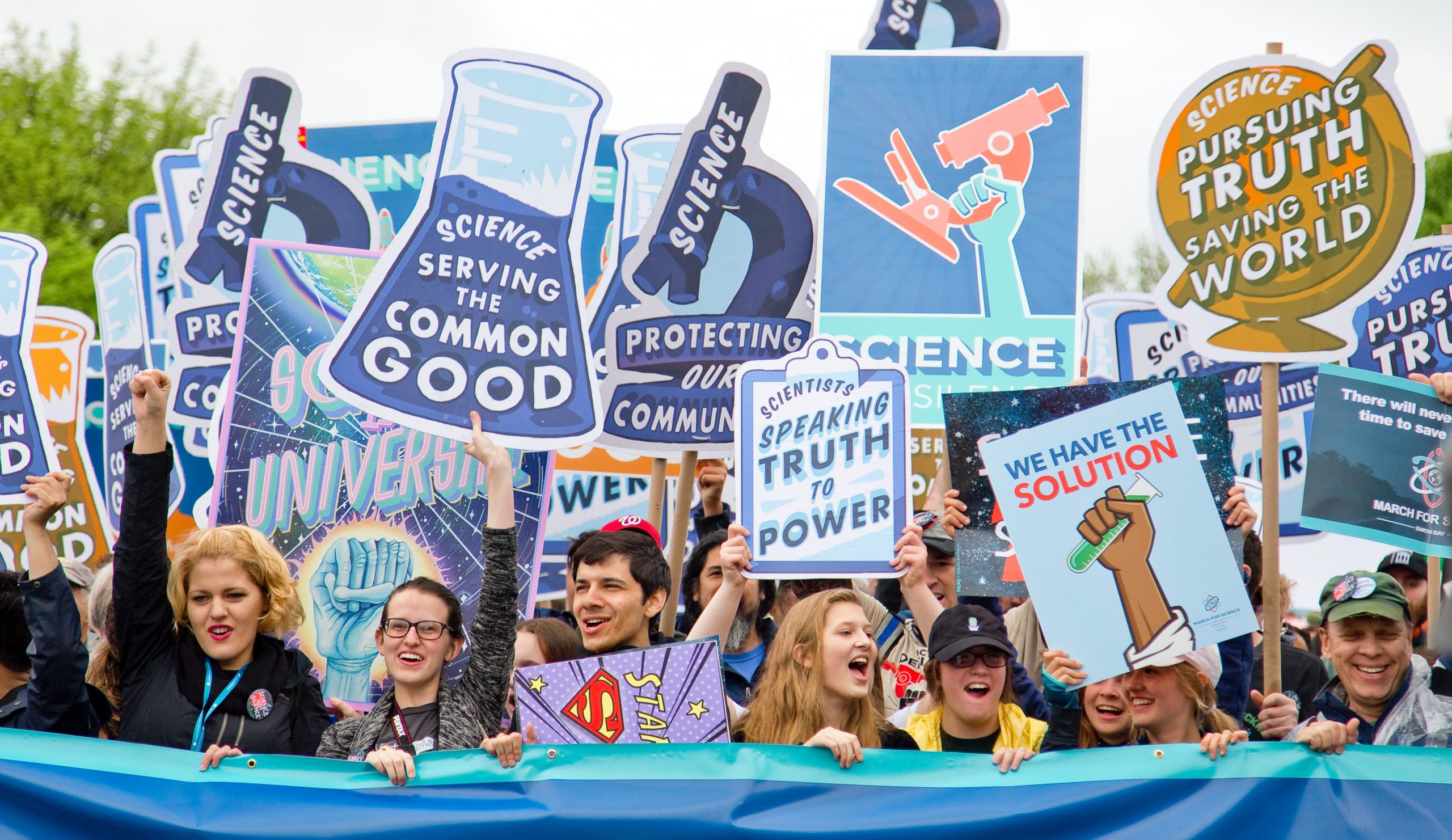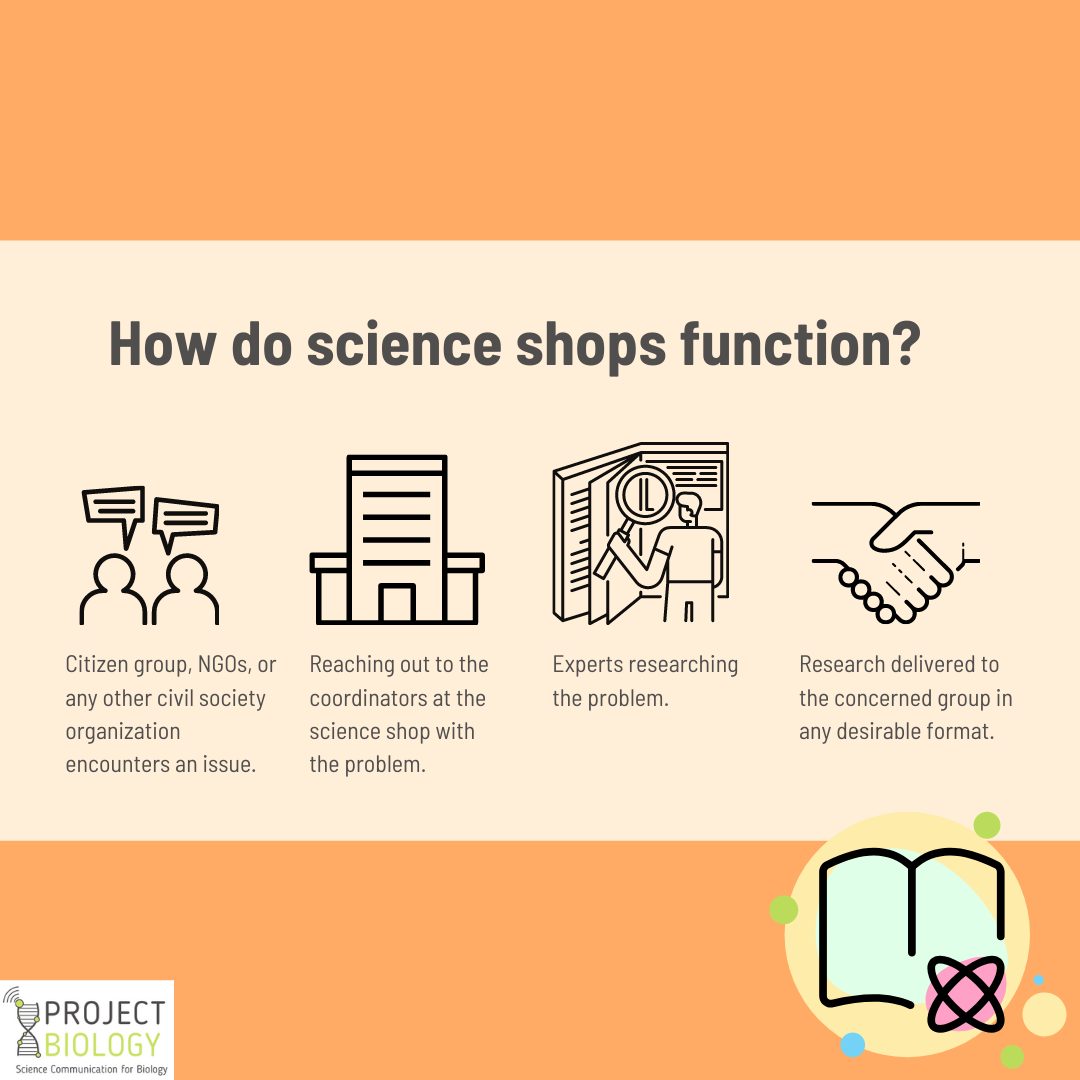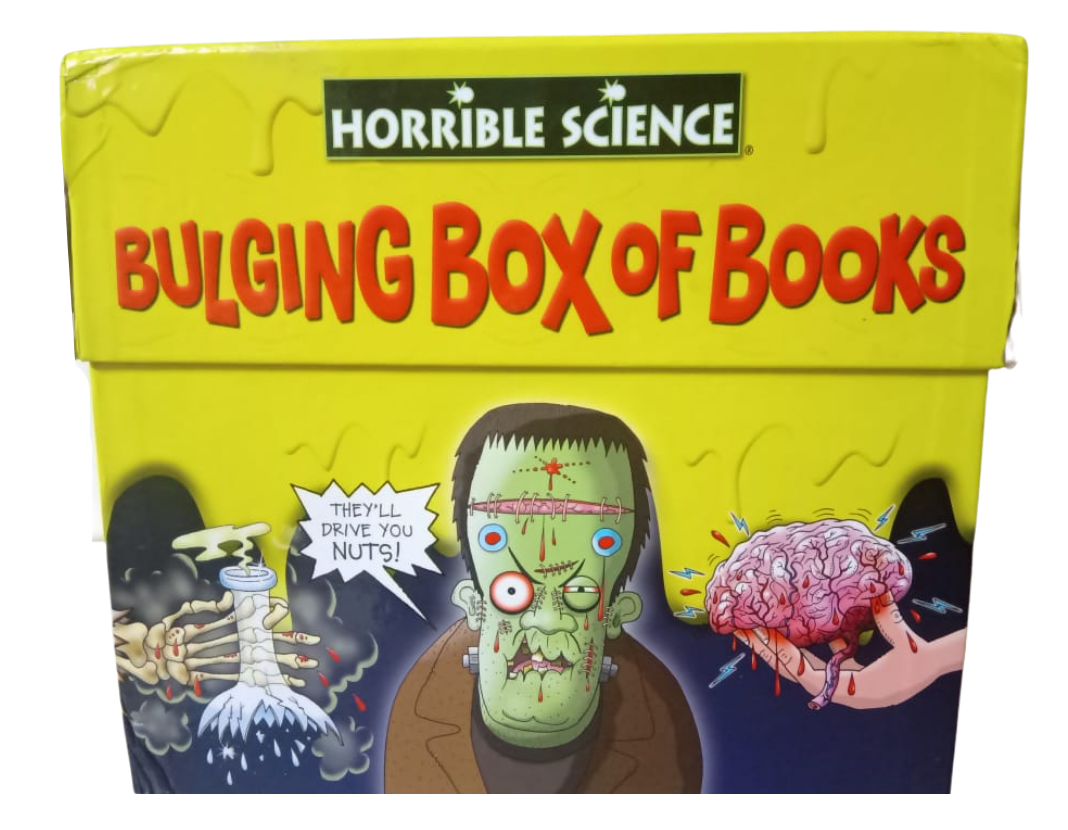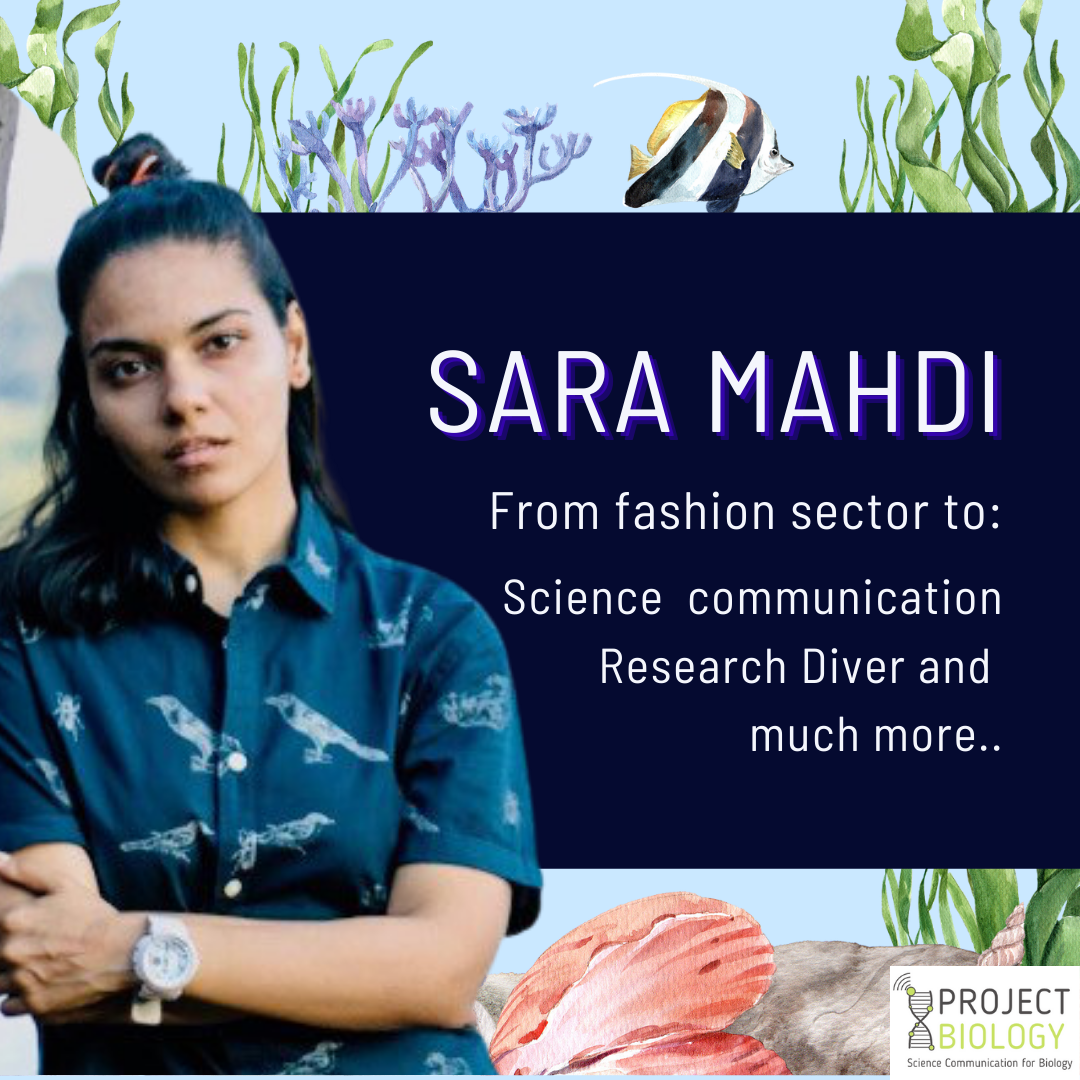In the early 1960s, Dr. Harry Angelman, a British pediatrician, attended to three young patients at the Warrington group of hospitals. These children were strangers to one another, being handicapped and having multiple disabilities as if presenting different illnesses.
Yet something similar about the three children struck the experienced eye of Dr. Angelman, something he could not put into words. But the lack of diagnostic methods prevented Dr. Angelman from talking about these cases to the medical community, confining the cases to Warrington.
Later on during a vacation, Dr. Angelman witnessed an oil painting, called ‘A boy with a puppet’, in a museum in Verona, Italy. The peculiar expression and laughing face of the boy in the painting took Dr. Angelman back to his three little patients. All the similarities in their grimaces and jerky movements stood out.
This motivated Dr. Angelman to write about the three children and their disabilities. In a common paper titled ‘the puppet children,’ he called the disease the ‘happy puppet syndrome’. While many parents found this name offensive it was later changed to Angelman’s syndrome.
One can also present the story as a succinct fact: Dr. Harry Angelman a pediatrician in London discovered Angelman’s syndrome in the 1960s upon encountering similarities in three pediatric patients. However, this one-lined fact would be monotonous and not interesting enough to remember.
Whereas the story of the researcher and his serendipitous trip to a museum that helped in the diagnosis of a rare neurodevelopmental disorder seems more appealing. It allows retaining the story better and easily reproducing it over coffee table discussions. Storytelling makes these facts humane allowing one to experience rather than learn.
Effect of stories on the brain
As we told you the story about Angelman syndrome, your neurons and brain were also doing something special. Mesmerized by the story they fired signals unique to a storytelling experience.
There is ample evidence that listening to and reading stories has a global impact on the brain. Stories woven with the right choice of words, even if facts presented in a biography, elicit an emotional response and are more comprehensible.
In the words of Emily Dickenson, about the presentation of facts in a story, “the truth must dazzle gradually, or every man be blind”.
So, how do our brains respond to a story? Well, if you are listening to one, then the first signal that the brain receives is the sound produced by the storyteller. This signal travels from the ears to the auditory cortex, part of the brain that perceives sound.
There the signal gets broken down into smaller units categorized either as meaningless sound or legible word. However, as the complexity of the sound signal increases, that is, words elongate into sentences and sentences to paragraphs more and more areas of the brain get activated to derive meaning from the sounds.
Likewise, the researchers from Princeton University measured brain responses to sentences and paragraphs by analyzing the time taken for the signal to affect different areas. They called this time the temporal receptive window. Single words had a short time window whereas longer sentences embedded within paragraphs had a longer time window.
Sentence complexity also drives frontal and parietal brain areas to respond to the story, the areas are involved in higher cognitive thinking.
Listening to a story
Besides the response to auditory reflexes, the human brains also experience mental simulation upon hearing a narrative. It not only processes the words and sentences but can experience what happens in the story through imagination.
Correspondingly, a study involving children showed a higher level of sustained brain activation to storytelling versus reading a picture book. It also highlighted the advantage of storytelling as a psychological and educational medium for children.
The inquisitive work by researchers from Princeton presents another curious component of brain activity and storytelling. During successful communication, such as through storytelling the speakers’ and listeners’ brains show temporally joined responses.
The neural coupling diminishes when the language seems unintelligible and foreign. Thus, using jargon, and complex words can make your audiences’ brains disconnect from you.
Reading a story
Moreover, in today’s age of audiobooks and podcasts, a substantial part of the population still prefers to read books. The reading brain is slightly different than the listening brain.
While reading we use the visual cortex, a part of which specializes in recognizing objects and shapes. A subpart of this object area further develops exclusively for language and is called the visual word form area or word box.
We are not born with a word box and as children, we learn to recognize objects, certain objects are assigned a sound. For example, an ‘s’ might just be a squiggly line to a young child but by four years of age, the kid is aware that it is an alphabet and later the same year the alphabet earns its place in a meaningful arrangement of alphabets- ‘s’ for a star.
As we grow the word box begins to be more responsive to meaningful words than strings of letters. Eventually, these words begin to express emotions and reading evolves from identifying words and sentences to a surreal human experience.
As the ability to understand emotions from written text develops, emotional cognition is also enhanced. This increases the impact of reading on parts of the brain such as the amygdala and the hippocampus which are involved in emotional processing.
As the story we read becomes intense and reaches its climax, more and more areas of the brain light up with activity. Even the cognitive and functional changes from reading a story change functional connectivity in the brain, which can persist for several days after reading.
Storytelling in Science
The effect of developing a narrative on scientific research allows everyone in the general population to understand research and influence policy. In fact, humans are capable of making decisions based on the coherence of a story. An example of this can be seen in the research on climate change. Readers presented with information on climate change crafted out into a story are likely to act towards pro-environmental causes.
While research on the effect of a scientific narrative on the human mind is still nascent, scientists are supporting the idea of communicating their research effectively to the public. Prof. Sir Mark Walport, the chief scientific advisor to the UK government has pressed on the importance of a narrative surrounding scientific research,
“You need to communicate effectively, this isn’t something just for government chief scientists; it is something for the scientific community. Science isn’t finished until it’s communicated. The communication to wider audiences is part of the job of being a scientist, and so how you communicate is absolutely vital.”
There may not be major differences in the neural activation from scientific vs other stories. However, scientific stories also sow the seeds of scientific inquiry which have the power to influence the thought process of generations.




